From Cherryville BC to Angel Falls then across on the Needles Ferry to Nakusp.
Then to Sandon, a 100 year old boom and bust mining town.
Then to Kaslo, across Kootenay Lake on the longest free Ferry ride in the World and to Heather’s Aunt and Uncle’s place north of Crawford Bay.
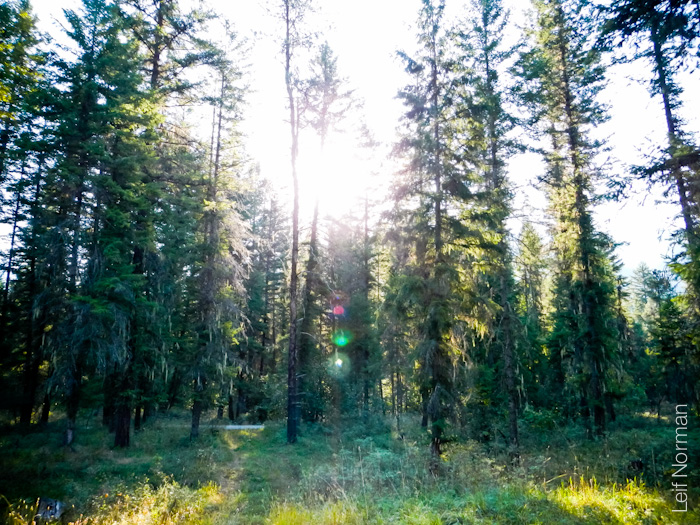
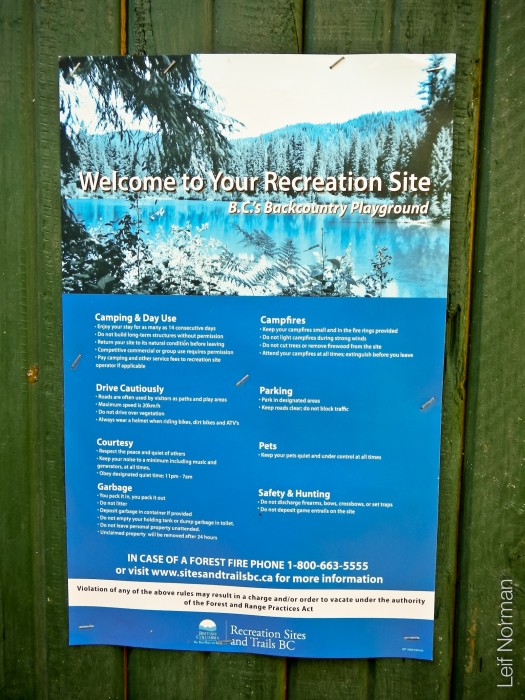
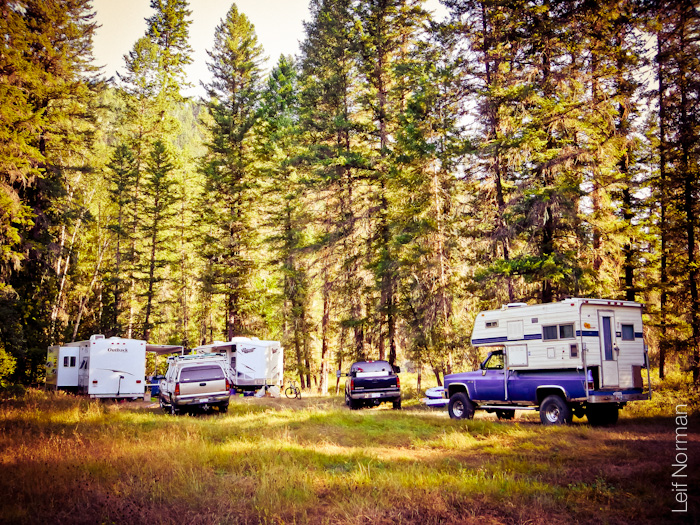
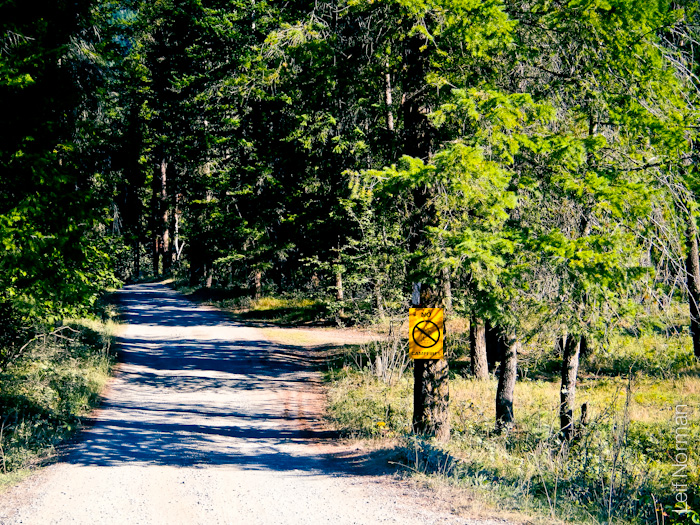
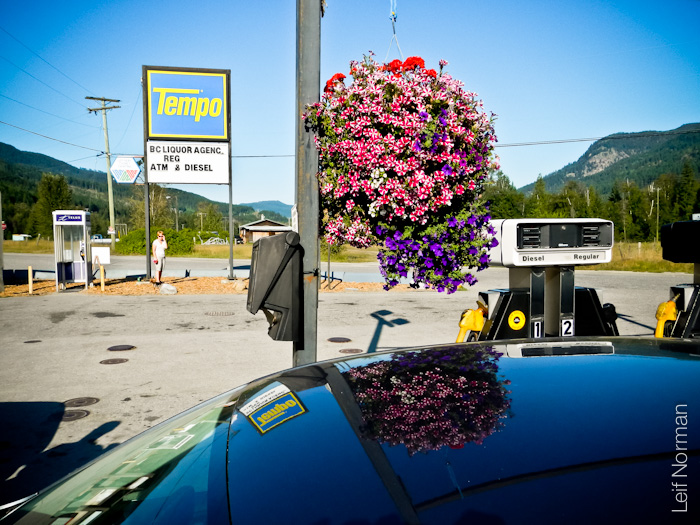
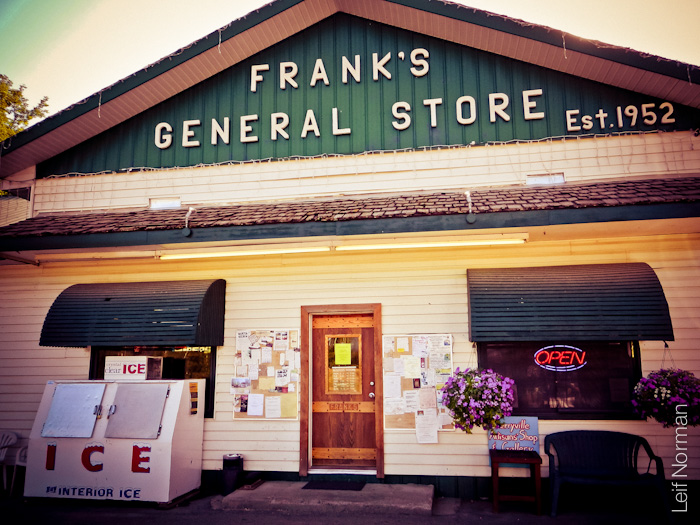
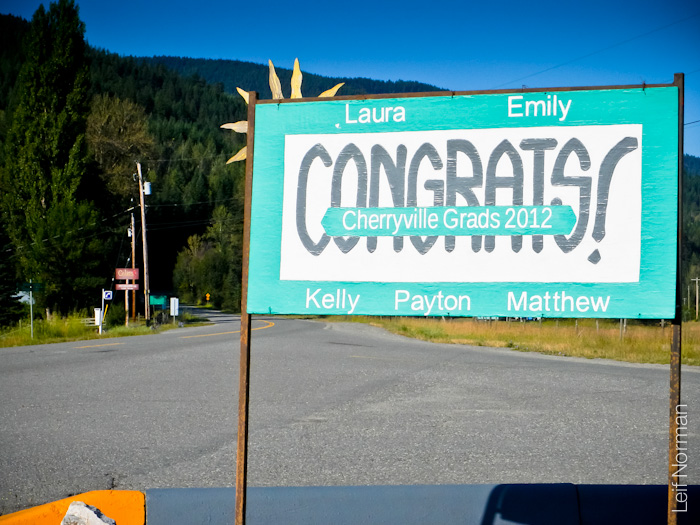
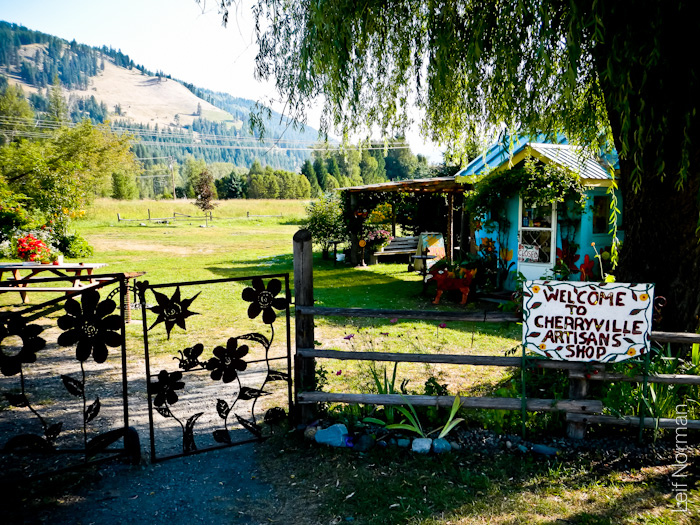
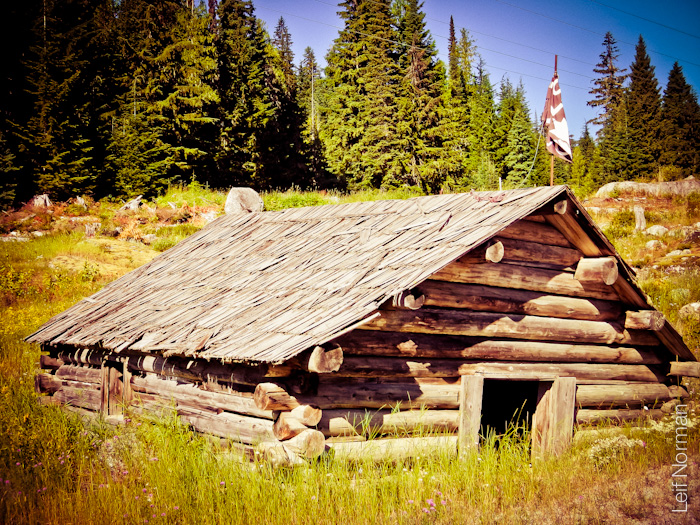
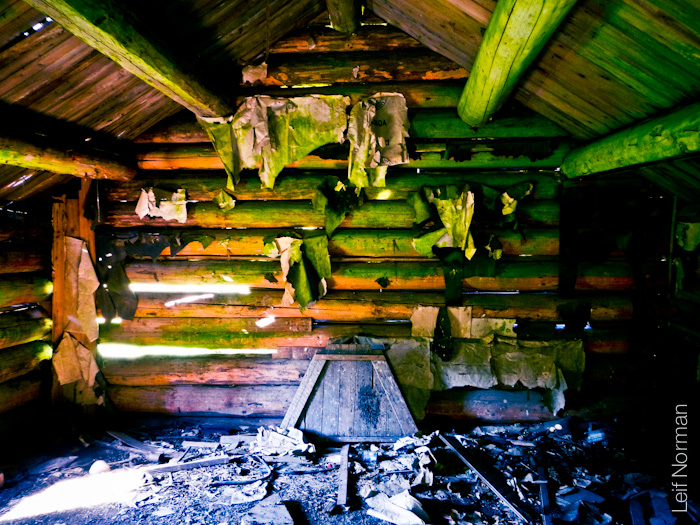
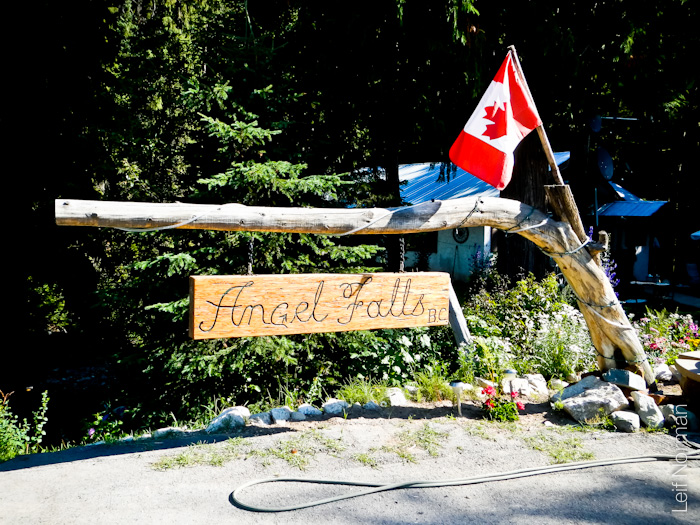
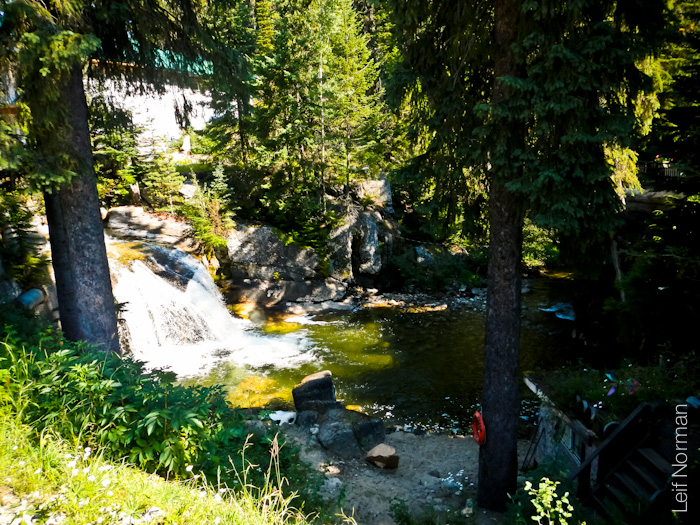
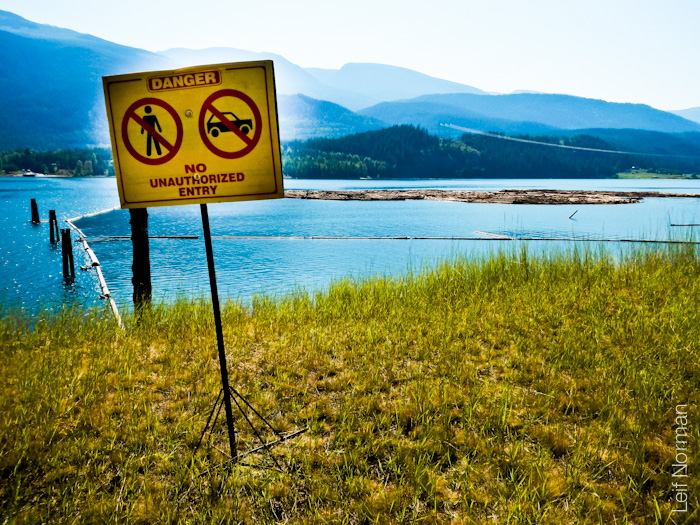
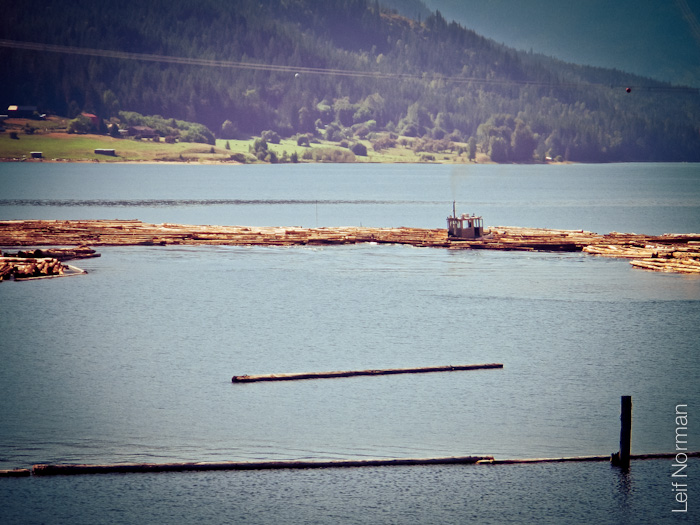
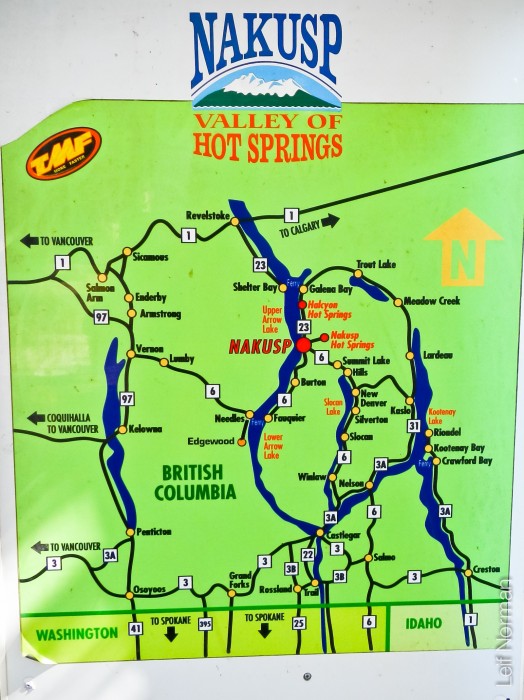

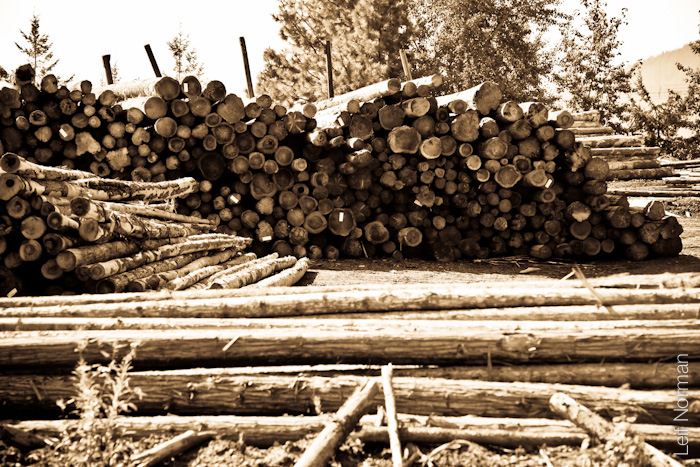
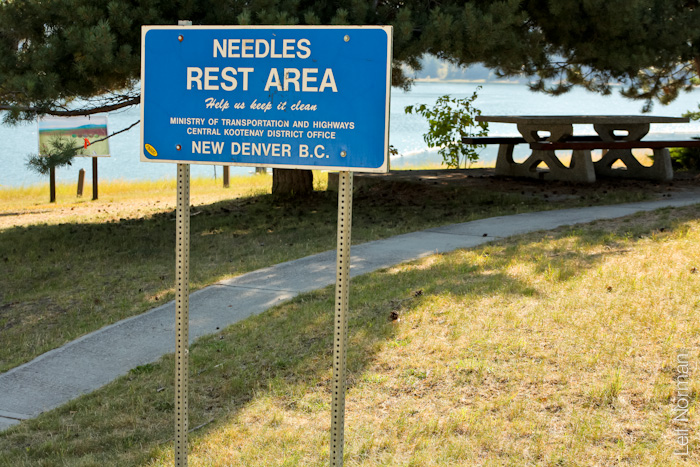
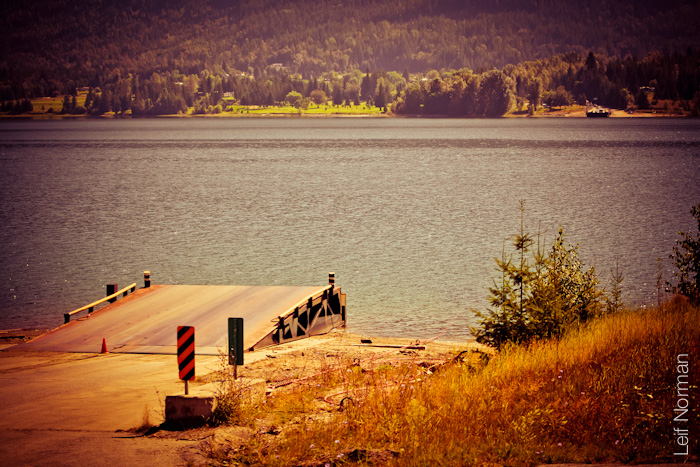

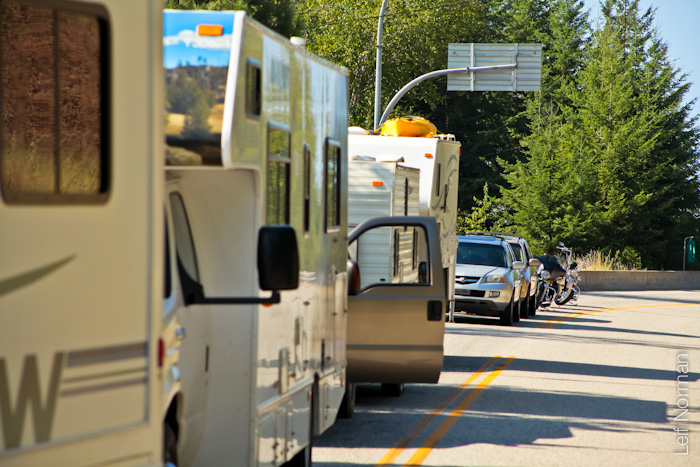
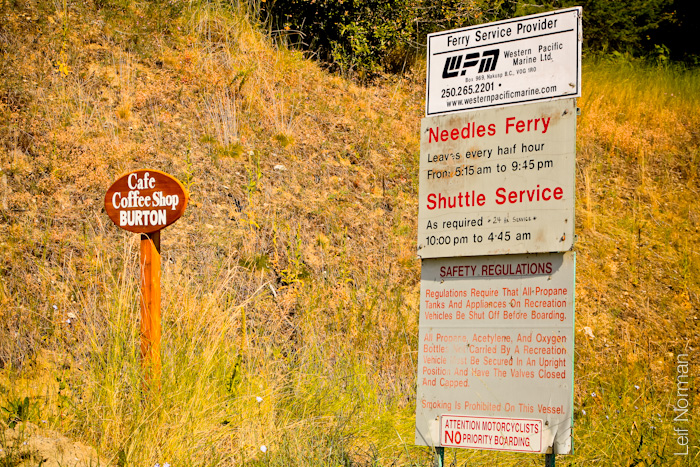
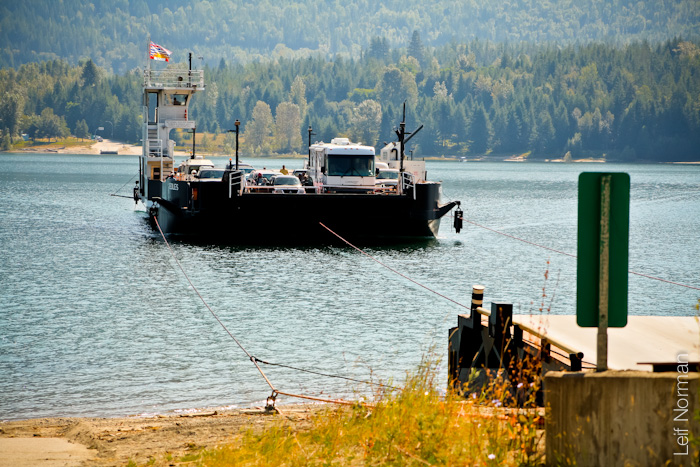
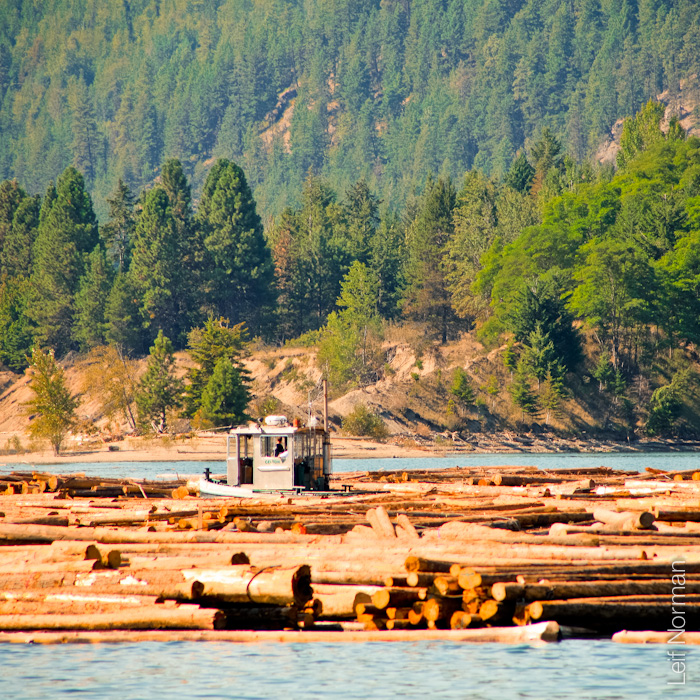
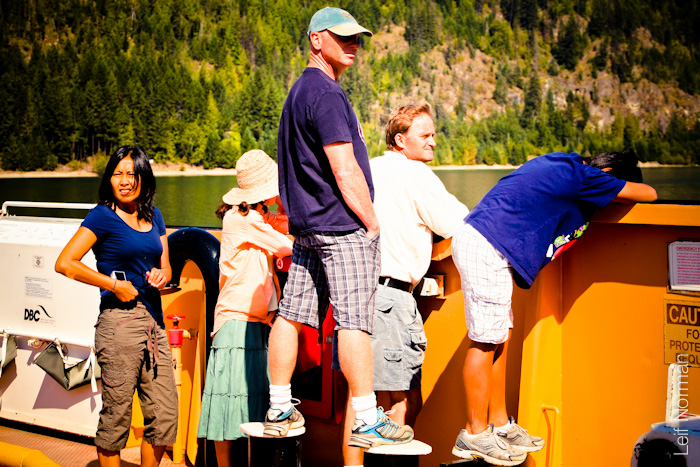
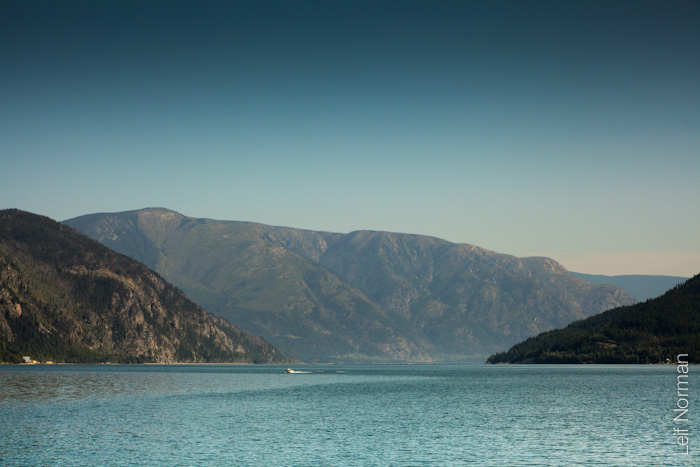
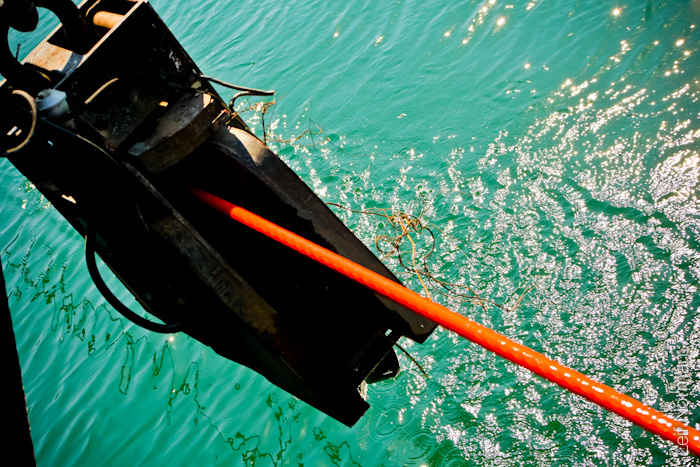
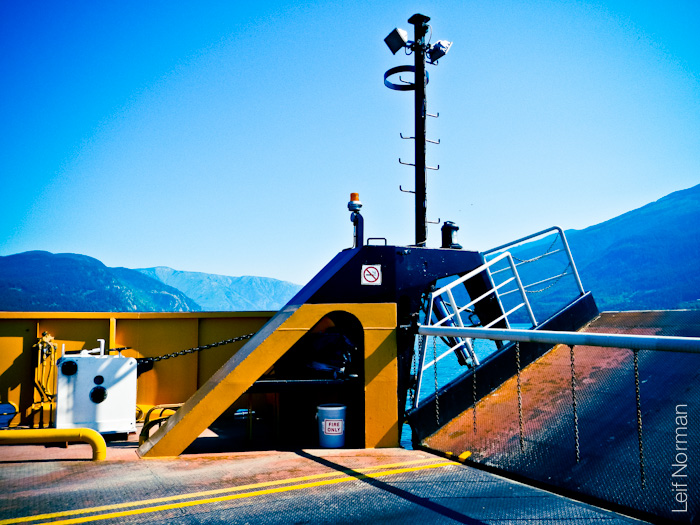
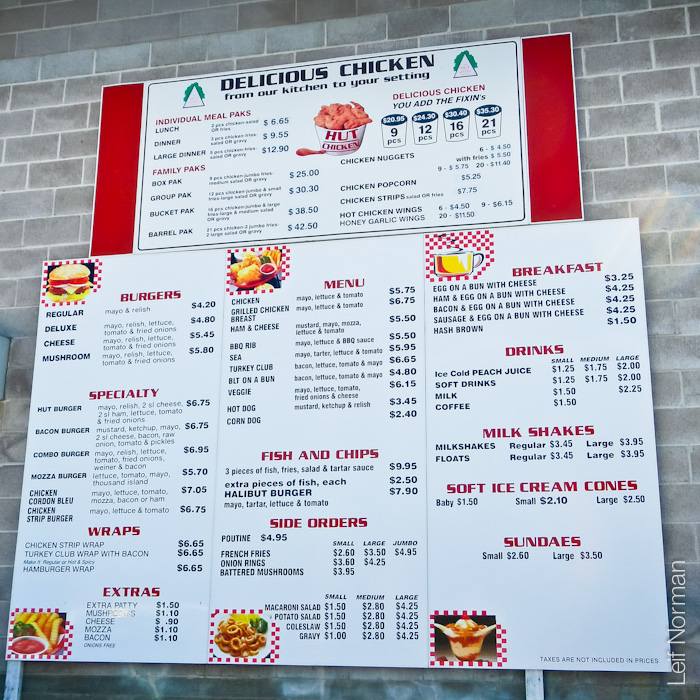
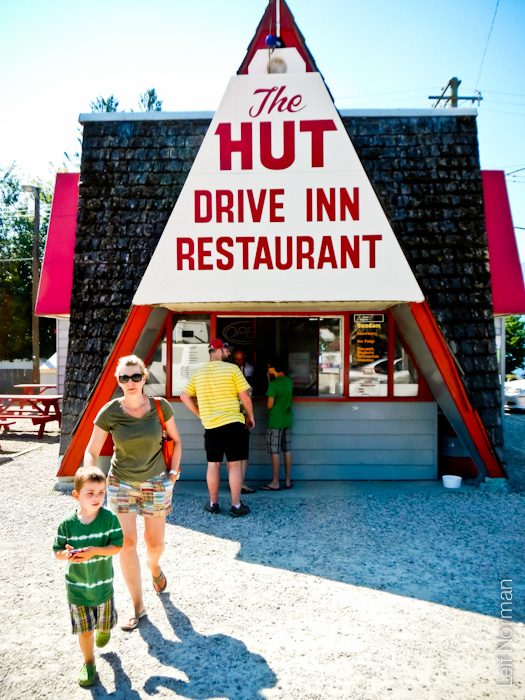
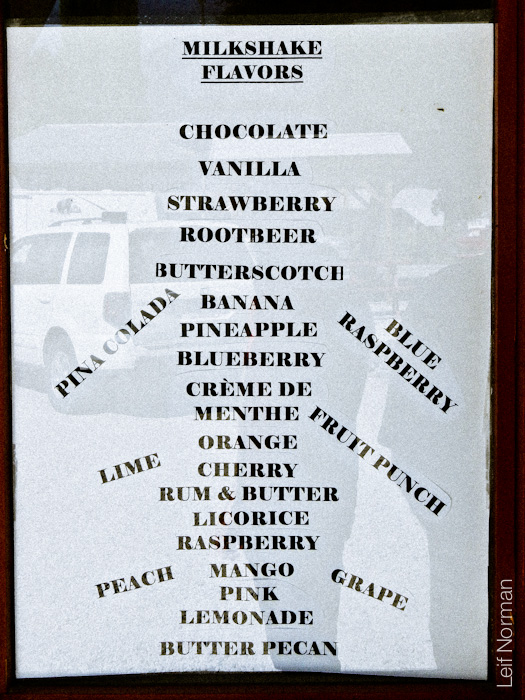
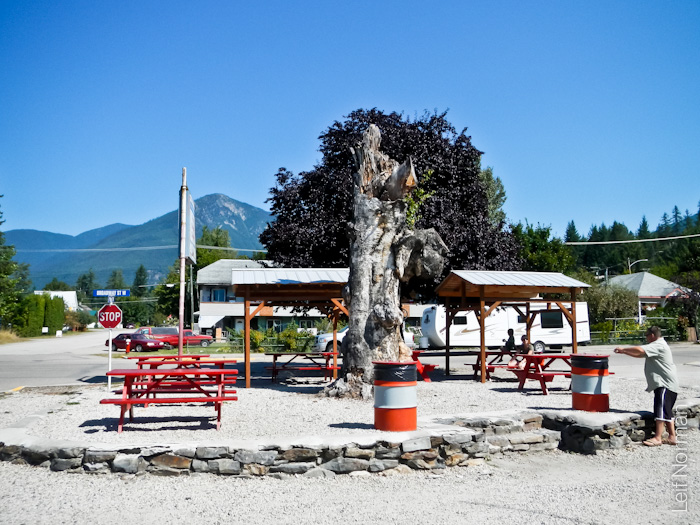

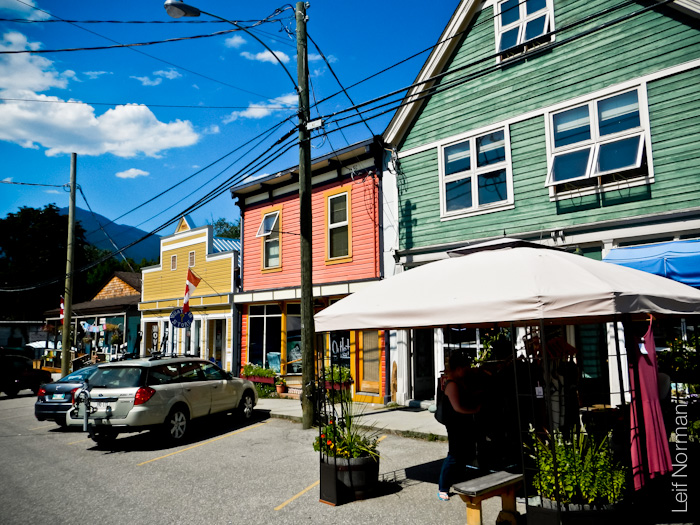

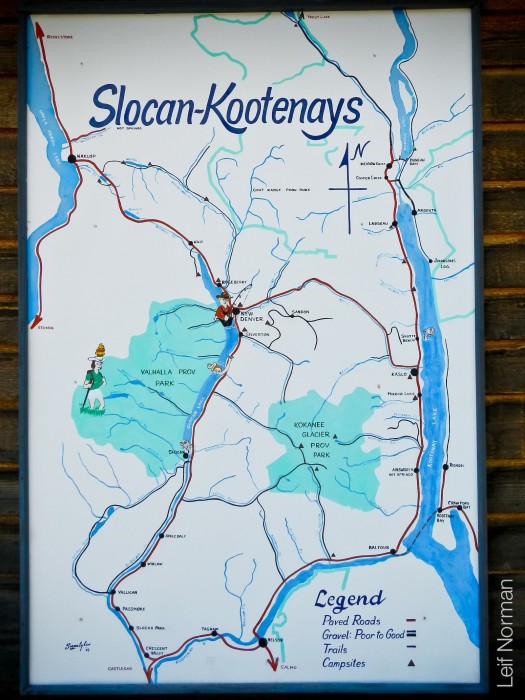
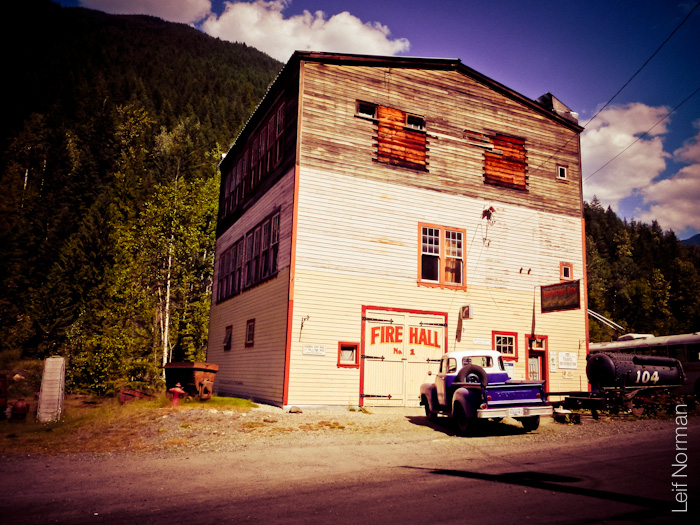
From Wikipedia:
“After the discovery of vast amounts of galena ore in Sandon, British Columbia, Canada by Eli Carpenter and Jack Seaton in 1891, prospectors flocked from around North America to stake their claims. Sandon was incorporated as a city in 1898[citation needed] and for a few years had more than 500 residents, brothels and a booming economy.[1] Two different railways raced to reach the town first; the Kaslo & Slocan Railway, connecting Sandon with nearby Kaslo, on Kootenay lake, and the Nakusp & Slocan Railway-Canadian Pacific, from New Denver and Nakusp. Significant acts of sabotage were committed upon both railroads. Well into the 1900s, the hills around Sandon were actively mined by mines such as the Silversmith, the Slocan Star and The Payne. Smaller communities, such as Cody and Three Forks appeared on the map, continuing to provide opportunity to the miners. Like the other silver towns of the era, Sandon faded with the silver prices, and in 1955, a massive flood of Carpenter Creek occurred, destroying most of the remaining buildings. After the flood, looters tore apart the remains of the many of the buildings.[1]
Sandon was used a Japanese Canadian internment camp during World War II.“
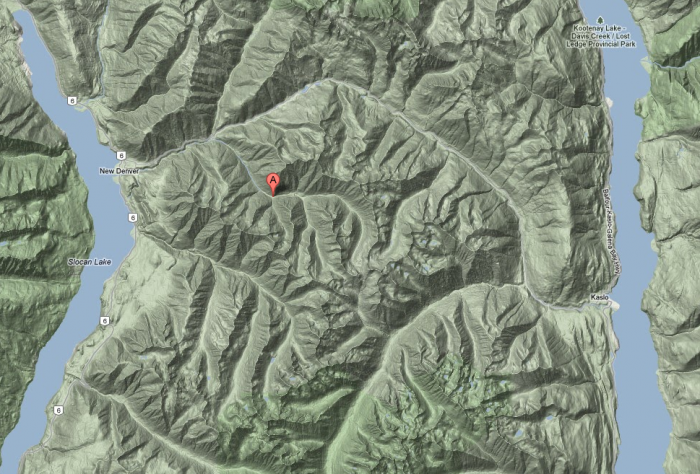

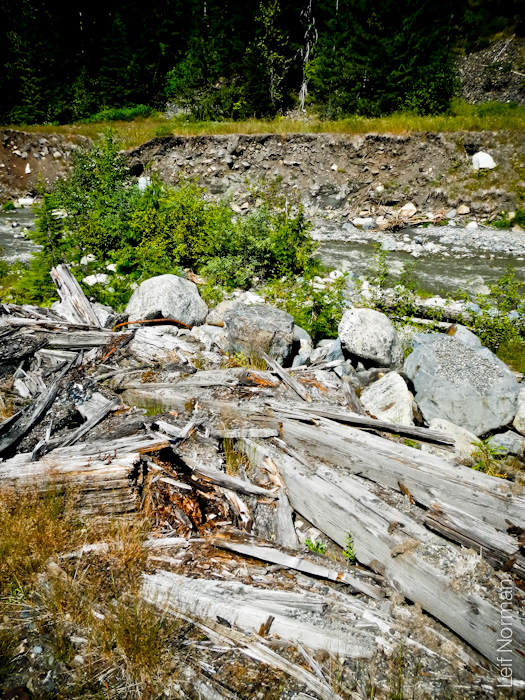

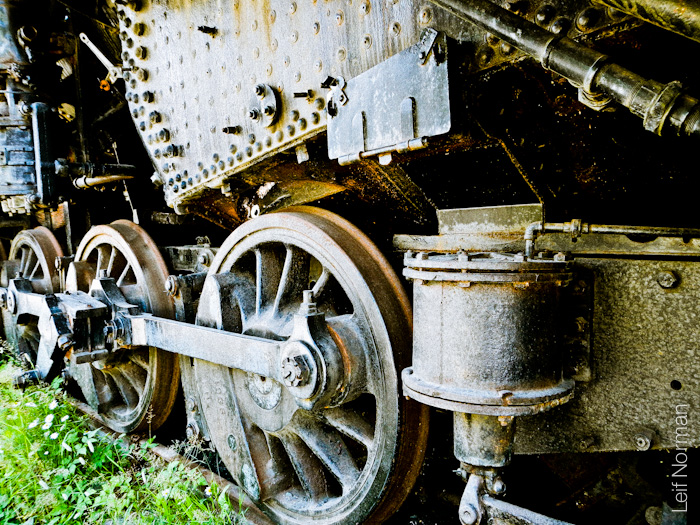
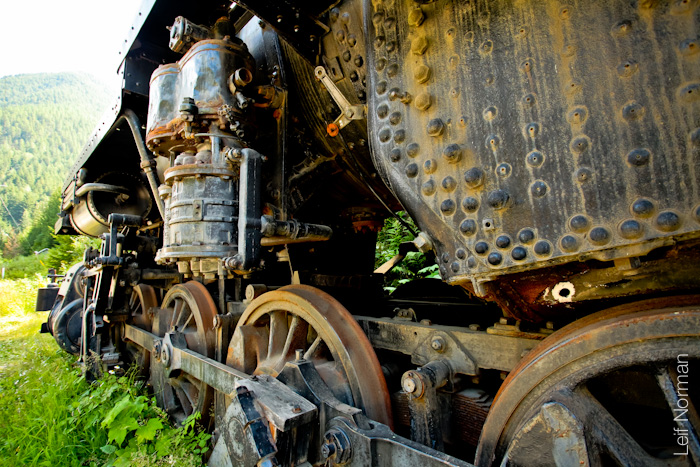
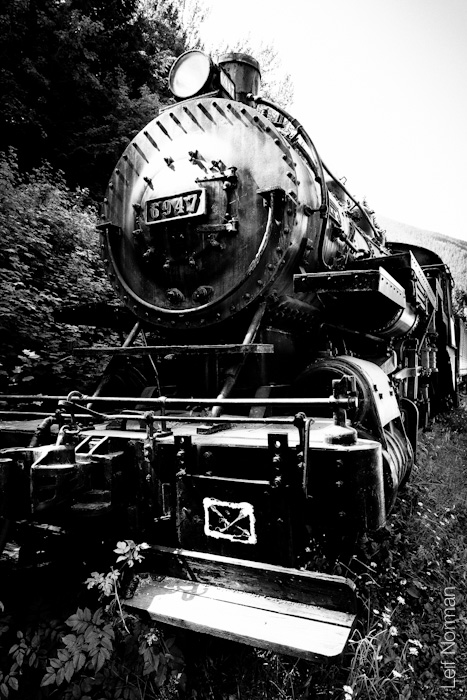
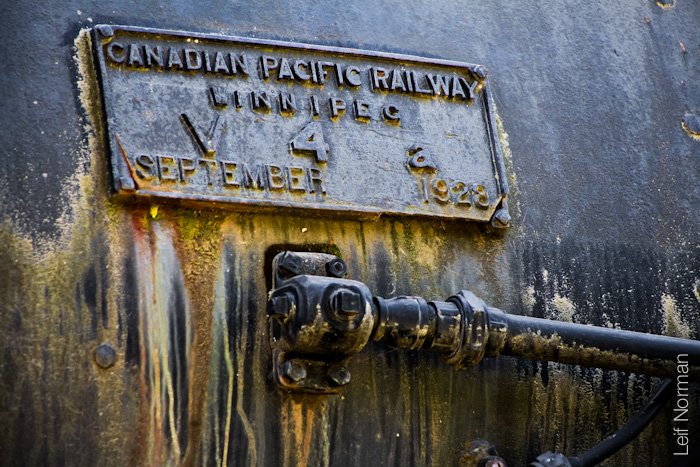
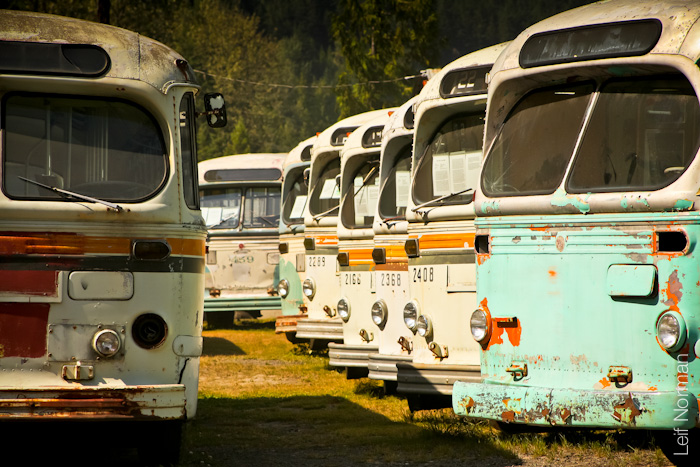
From the Sandon website:
“The Canadian Car and Foundry was formed in November of 1909 with the amalgamation of three manufacturing companies. Canadian Car’s head office was in Montreal, but the plant where the Brills were built was in Fort William, Ont. (now present day Thunder Bay). In it’s early years, the CC&F produced a number of passenger and freight rail cars. During the second world war, aluminum bodied aircraft were constructed. After World War II, the Fort William plant was slated to be closed, but a last minute arrangement with the American Car and Foundry saw the design, and construction of the Brill Trolley Bus at the Fort William plant.
The CC&F with it’s talent in aluminum fabrication and the ACF with its experience in bus building formed a great team. Initially, intercity, and city buses were constructed using gas and diesel motors, but soon the need for an electric equivalent became apparent. Cities all around North America purchased the “Modern Brills” The electric bus was a thing of the future.
The Brill trolleys were manufactured until 1954. As always, fleets age and change to keep up with times. Since the 1940’s, 123 cities have dispensed with their trolley systems. Today, only seven cities in North America continue to run trolley fleets. The Vancouver Brill trolley fleet was the last fleet of Brills to operate when they were finally retired in 1984. The Brills were stored until 2001 when a decision was made to scrap the fleet.
In 2001, approximately 220 of the Brill trolley buses from the Vancouver fleet were scrapped. Five T-48’s arrived in Sandon BC as an effort to see part of the vintage trolley fleet survive including # 2166, 2201 and 2310. One further T-48, # 2408 arrived in Sandon in 2002 when the proposed Vancouver historic trolley route was cancelled due to budget shortages. An example of each variation of T-48 used in Vancouver has survived. Of the six Vancouver trolleys, two were formerly operated in Saskatoon # 2368, and Winnipeg # 2289. As Vancouver was the last City to operate Brill trolleys in revenue service, Brills from many other cities around North America came to Vancouver for spares as well as spare parts. Two such buses that ended up there were the ex Calgary transit system T-44 trolley buses (#446 and #459) boasting their original blue and cream CTS colours. These ex CTS trolleys were also moved to Sandon for preservation purposes. It is hoped that one day these Brills will either go to transportation museums, or be restored to operating condition and go back into revenue service in a historic fleet. Other Brill trolleys to escape the scrap yard were # 2355 and 2357 which went back to Thunder Bay to be cosmetically restored and repainted in the old Port Arthur and Fort William liveries. These 2300s were also ex Saskatoon Brills. 2340 was sent to the Illinois State Railway Museum. 2207 went to a museum near Atlanta GA.
In 2004, ex Winnipeg # 1636 was brought to Sandon from near Winnipeg to be added to the collection. Restoration of this unit has already started. In an effort to see these Brills remembered, some memorabilia, and parts were saved for resale.”
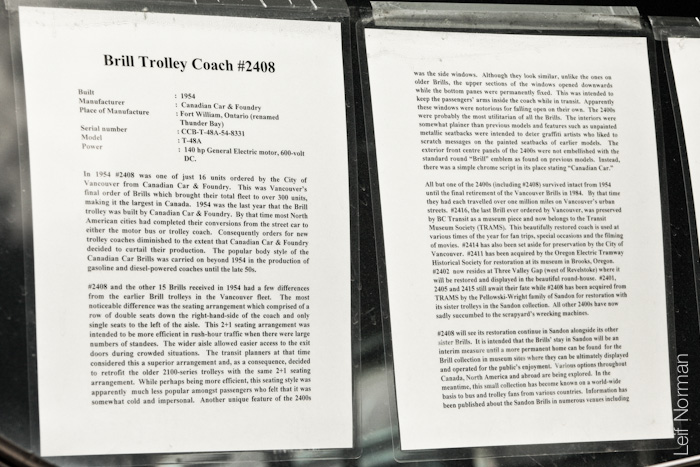
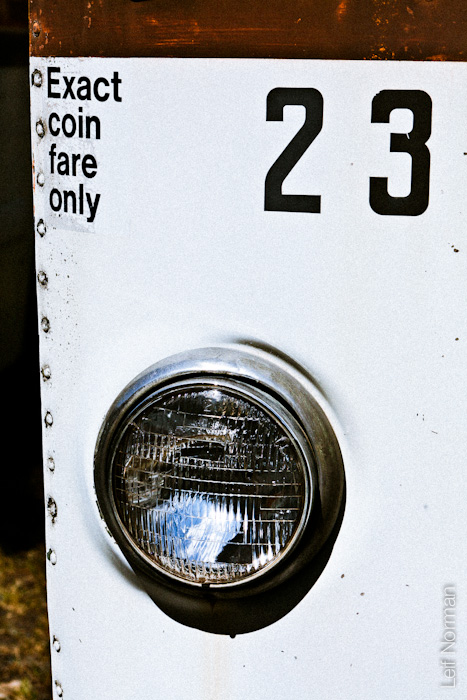
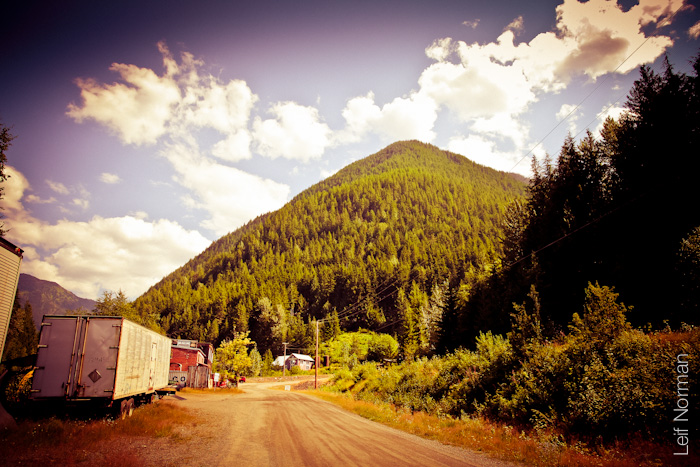
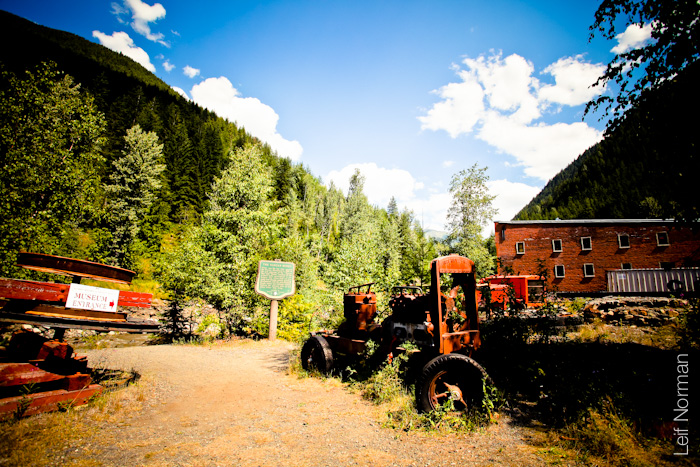
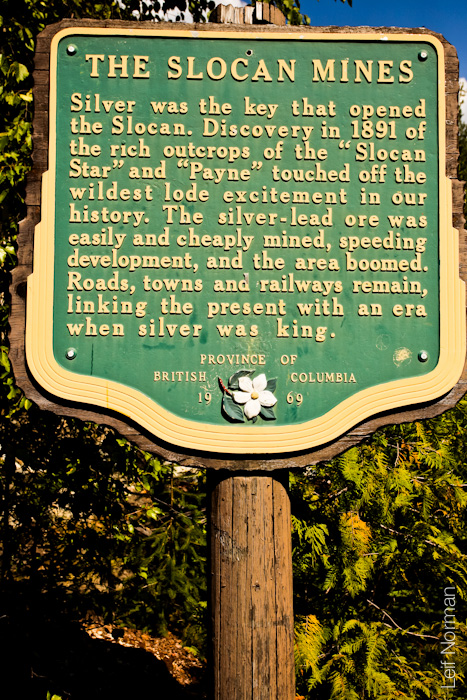


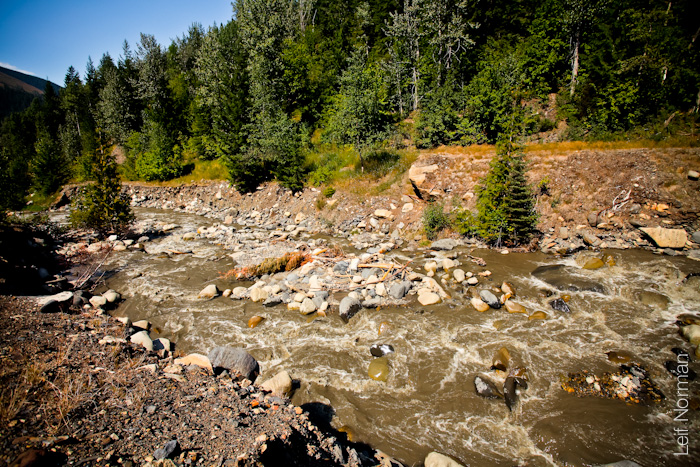
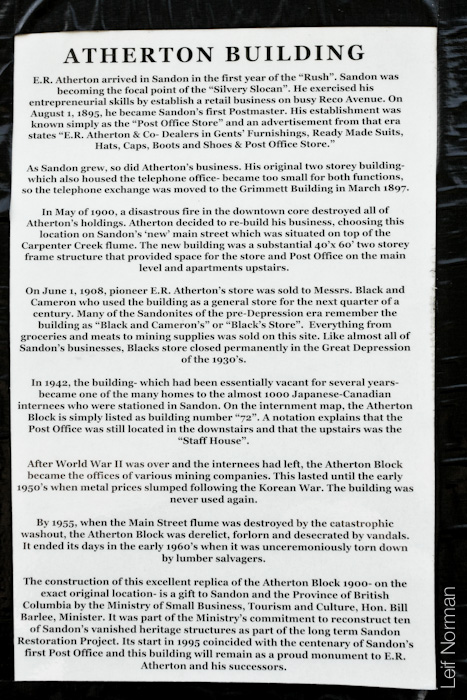
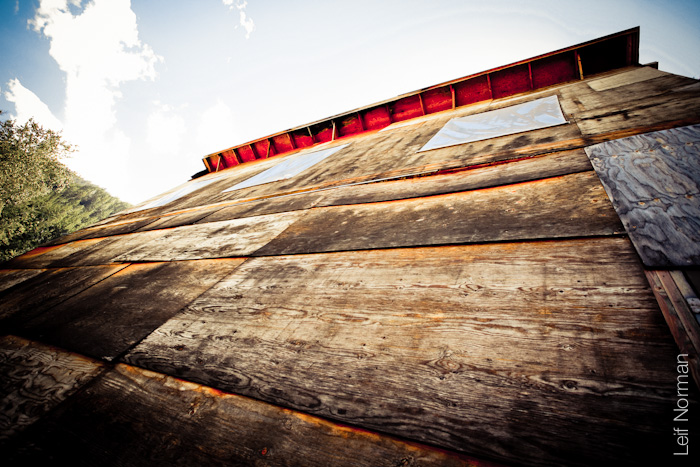


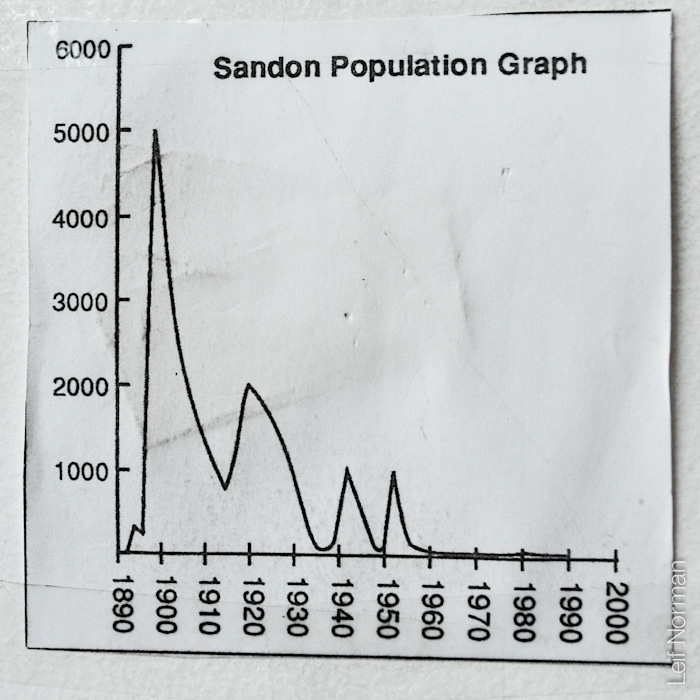
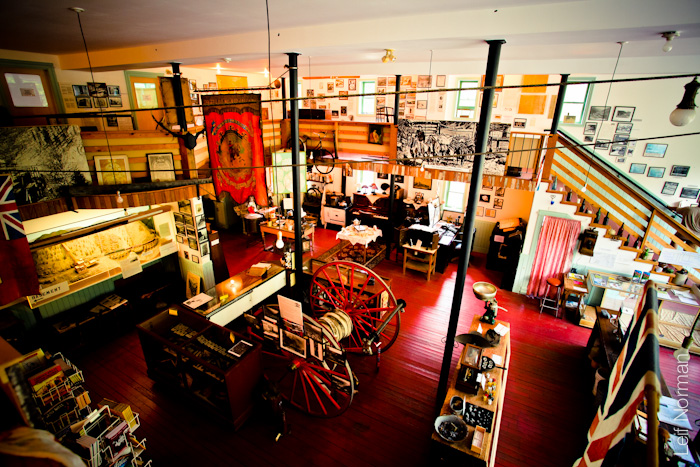
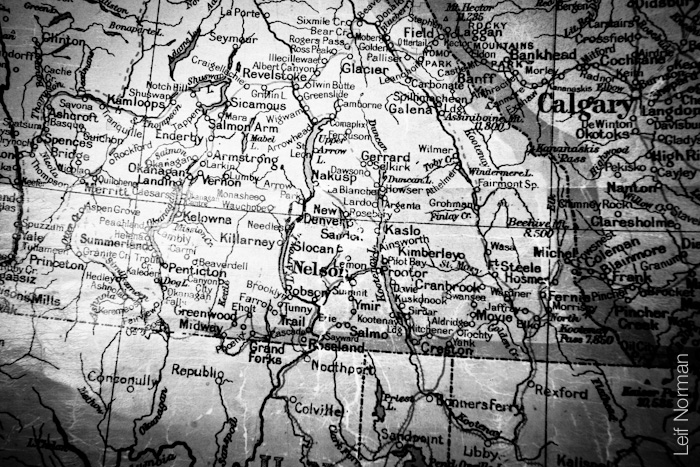
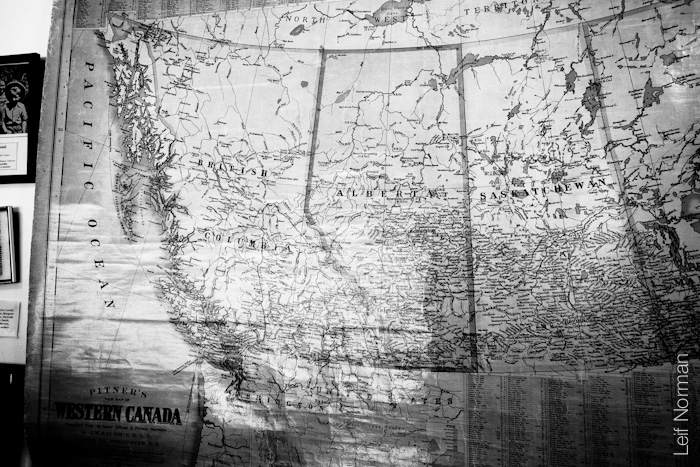

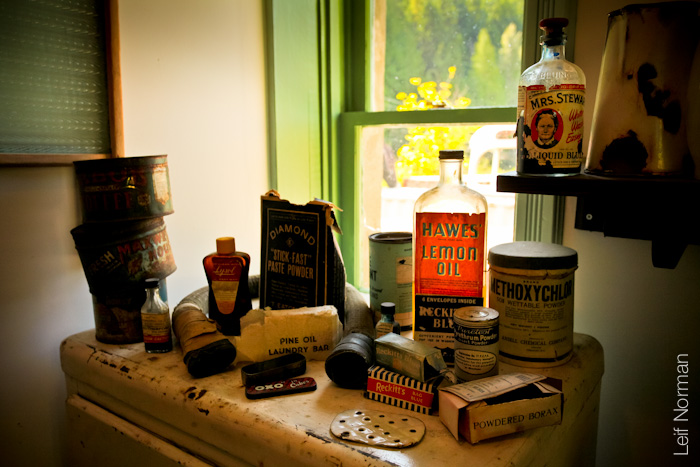
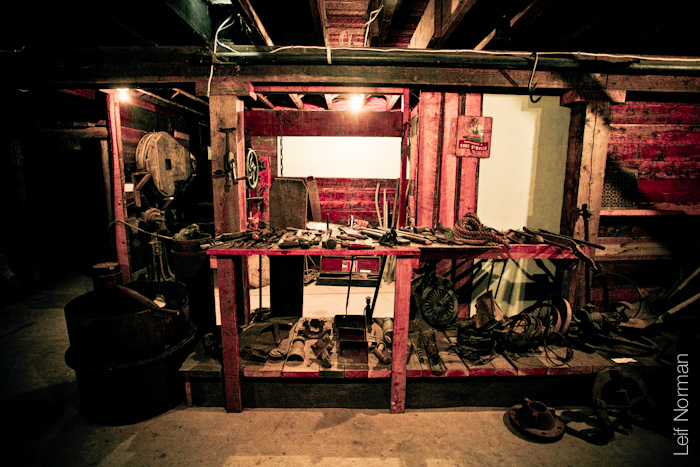



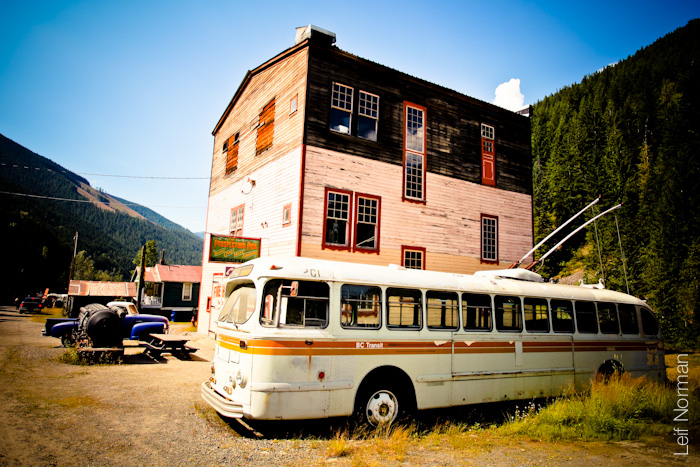
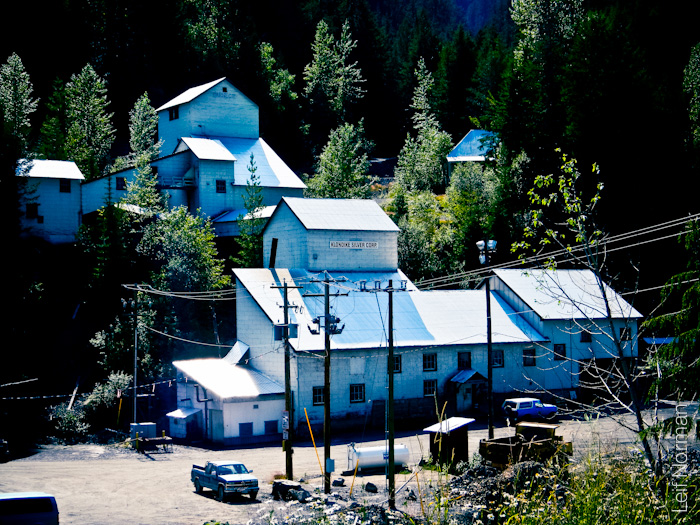

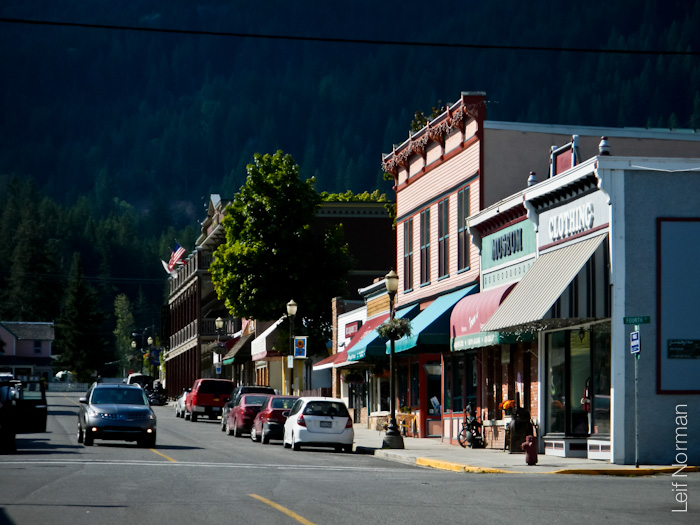
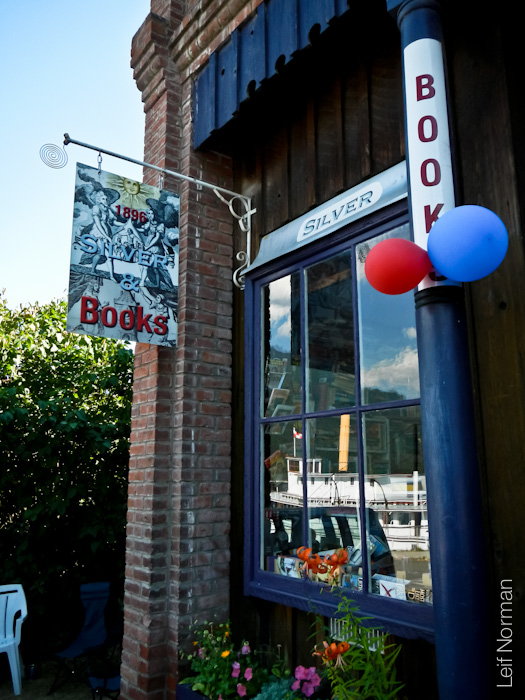
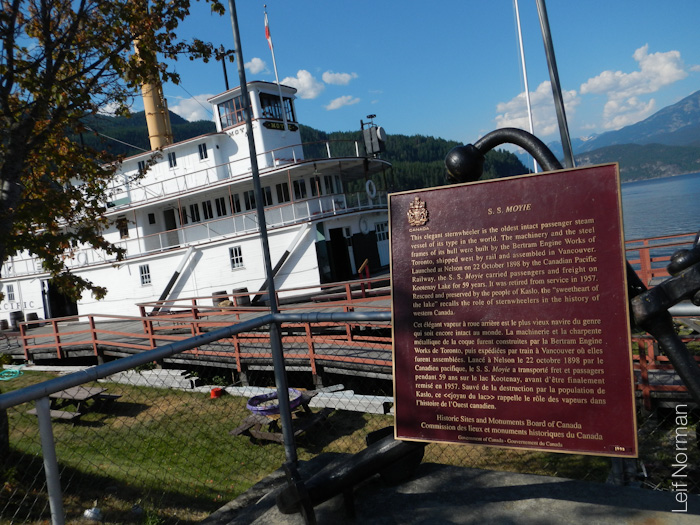
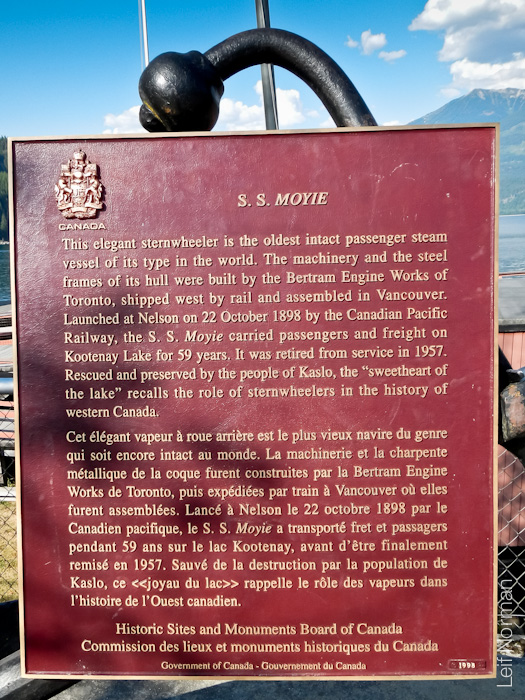
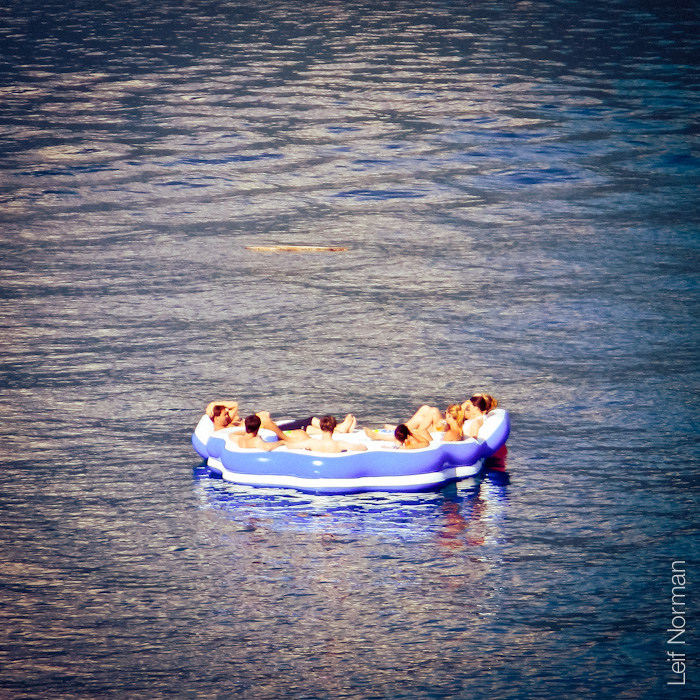

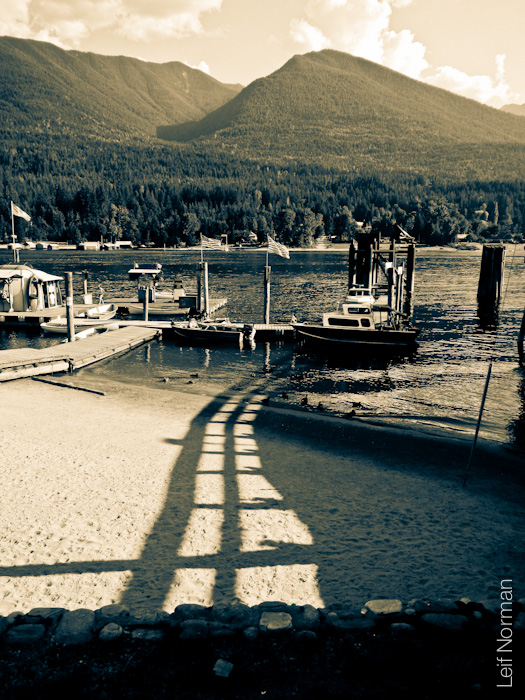
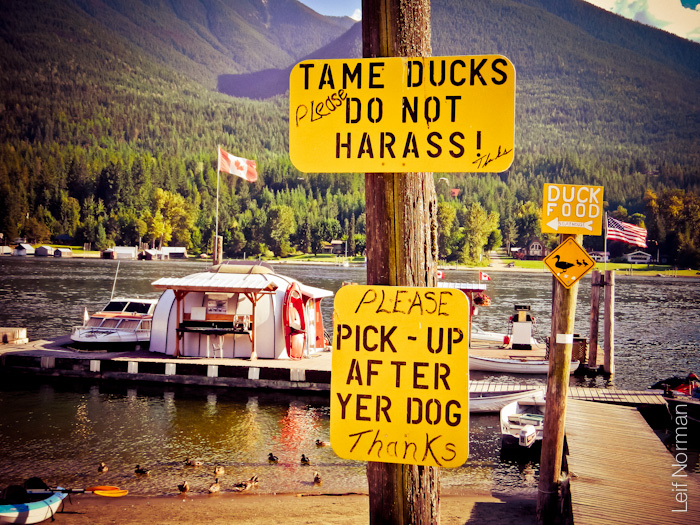


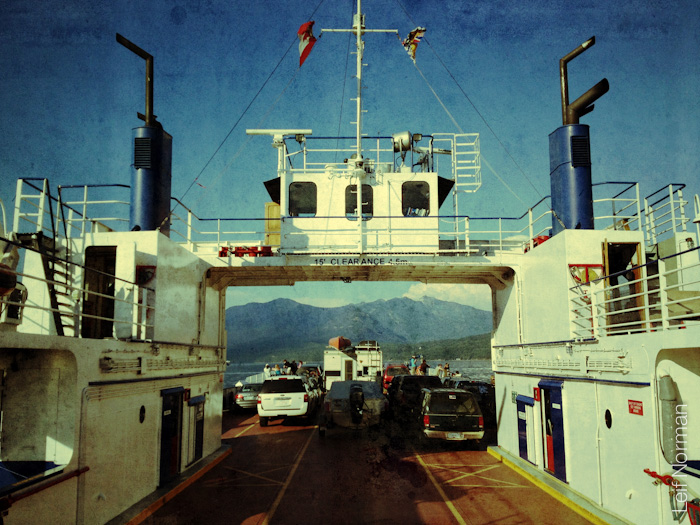


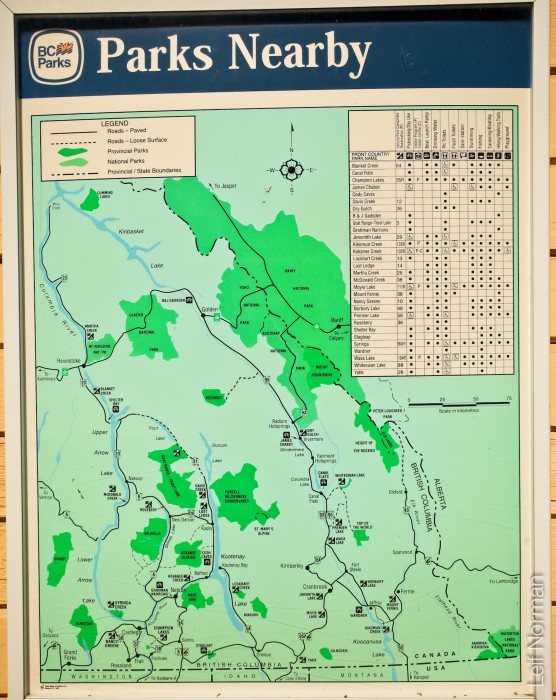
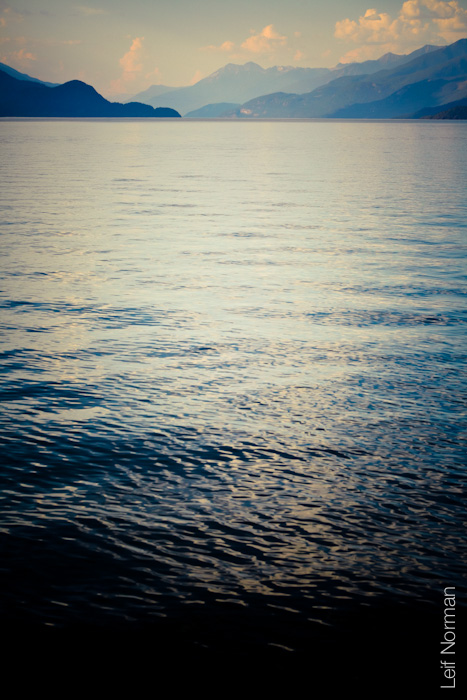

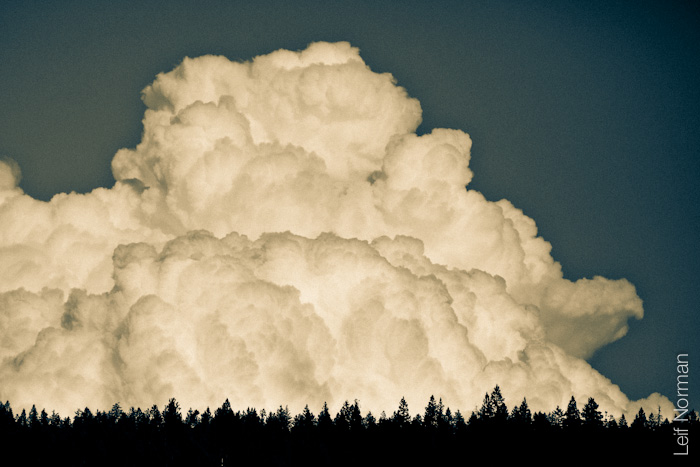
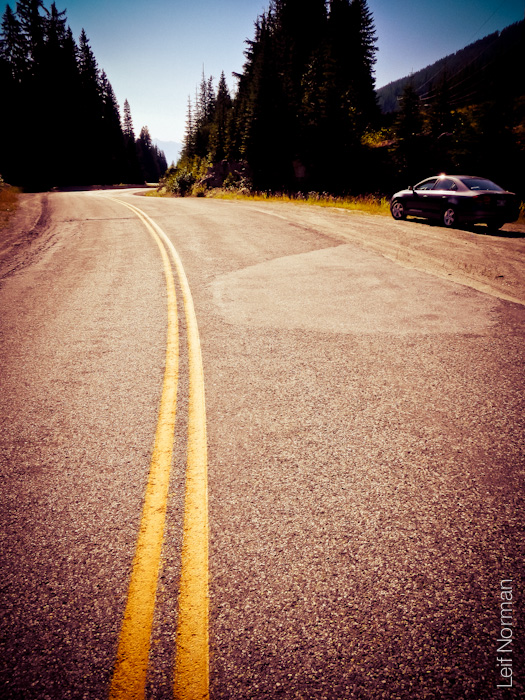
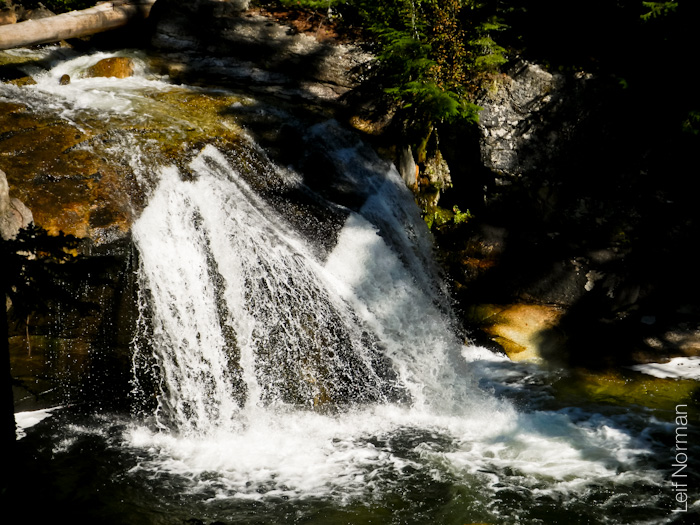
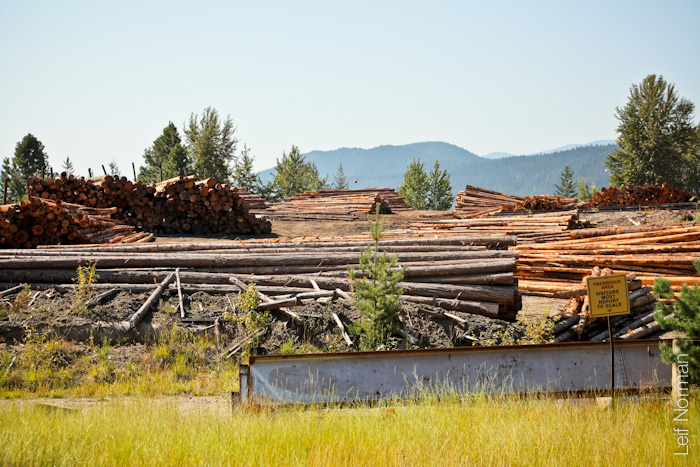

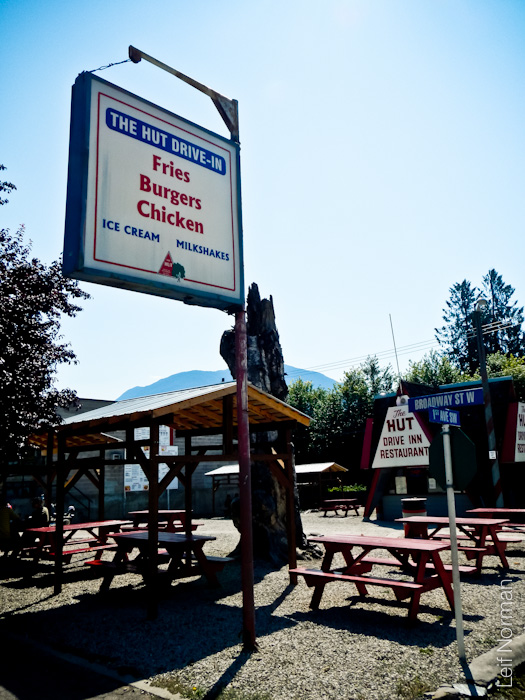



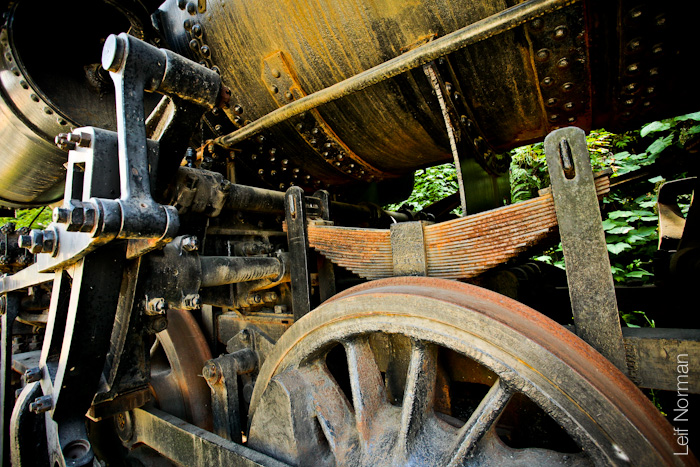
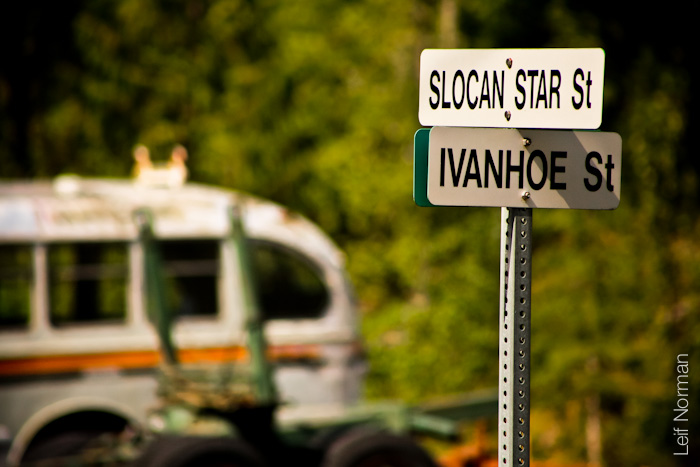
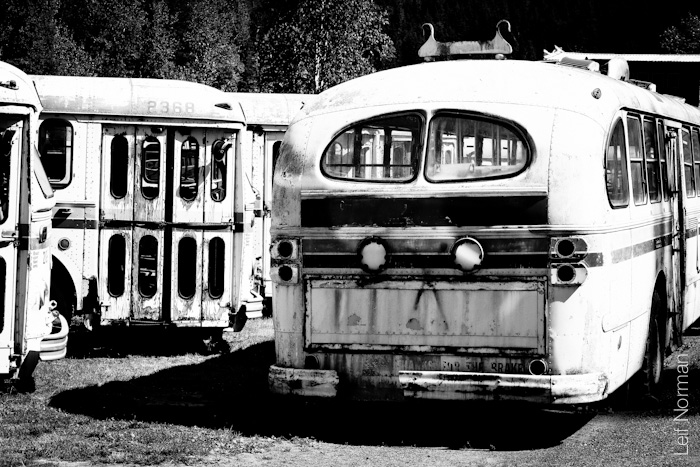
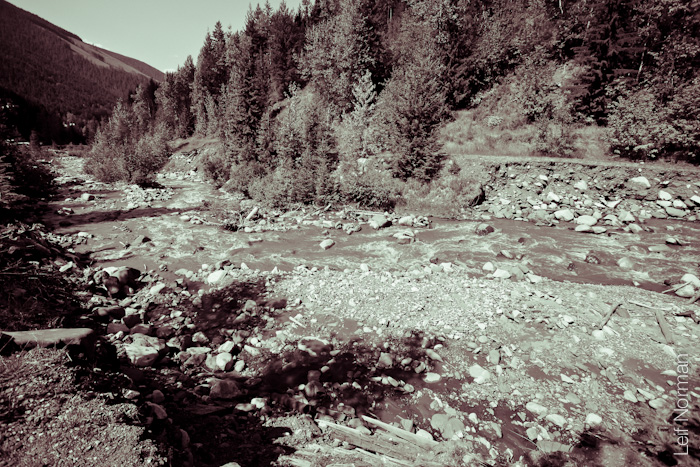
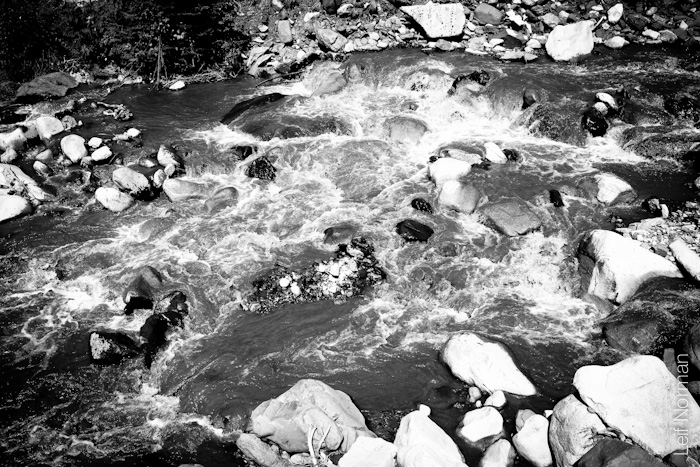
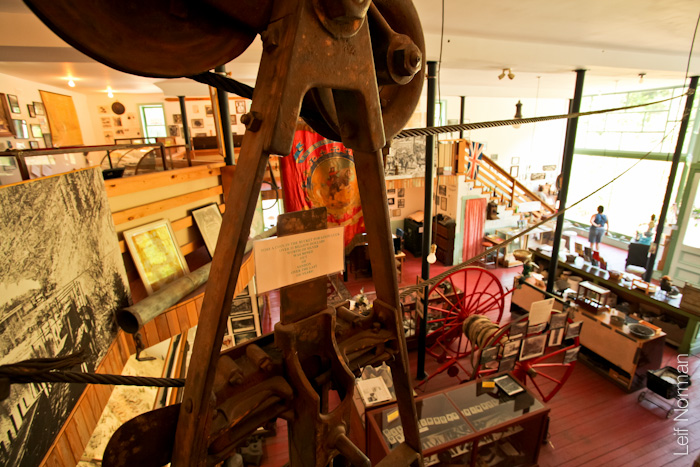
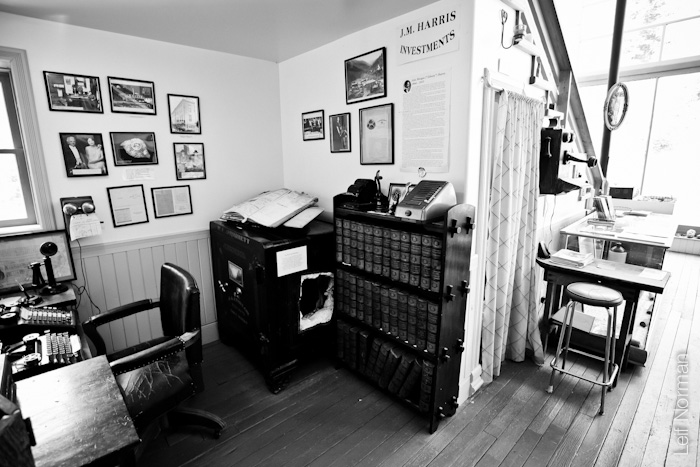
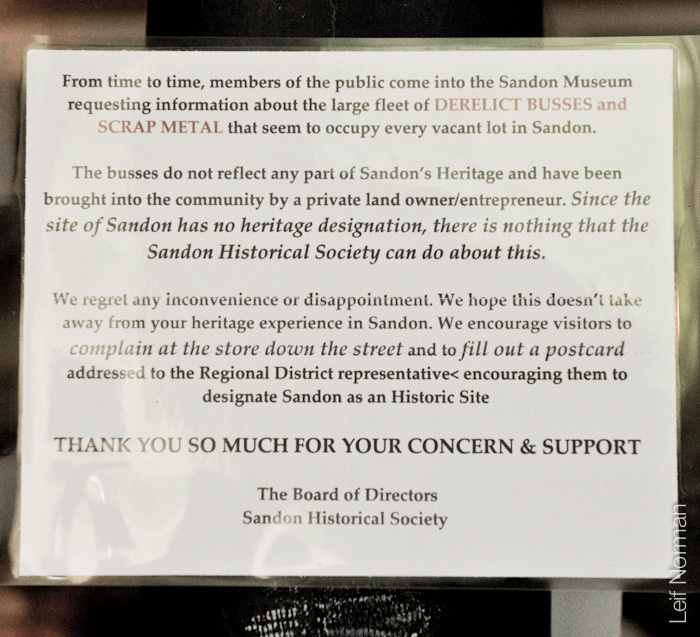
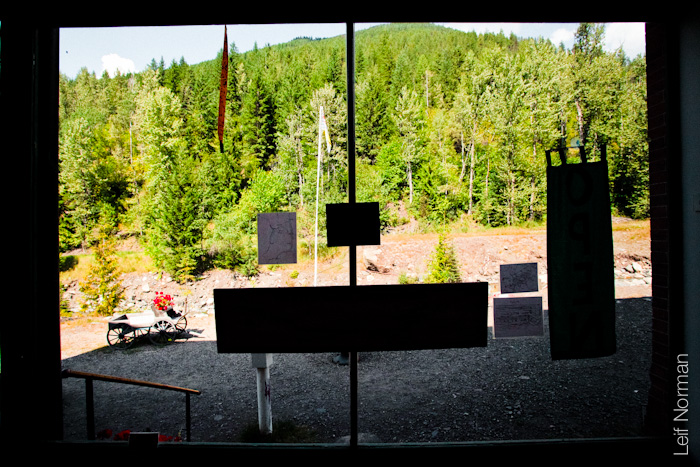
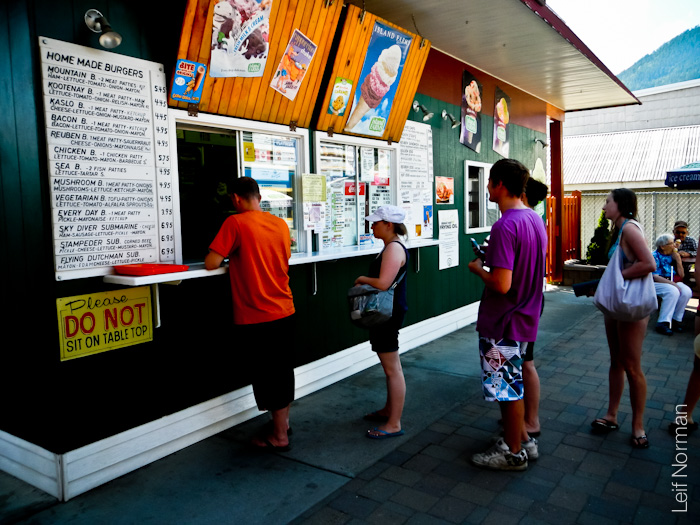
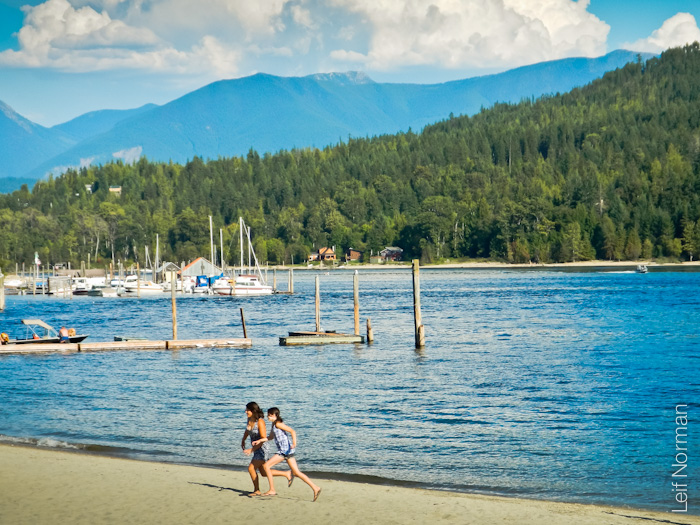

I really enjoyed this tour of my part of the world.